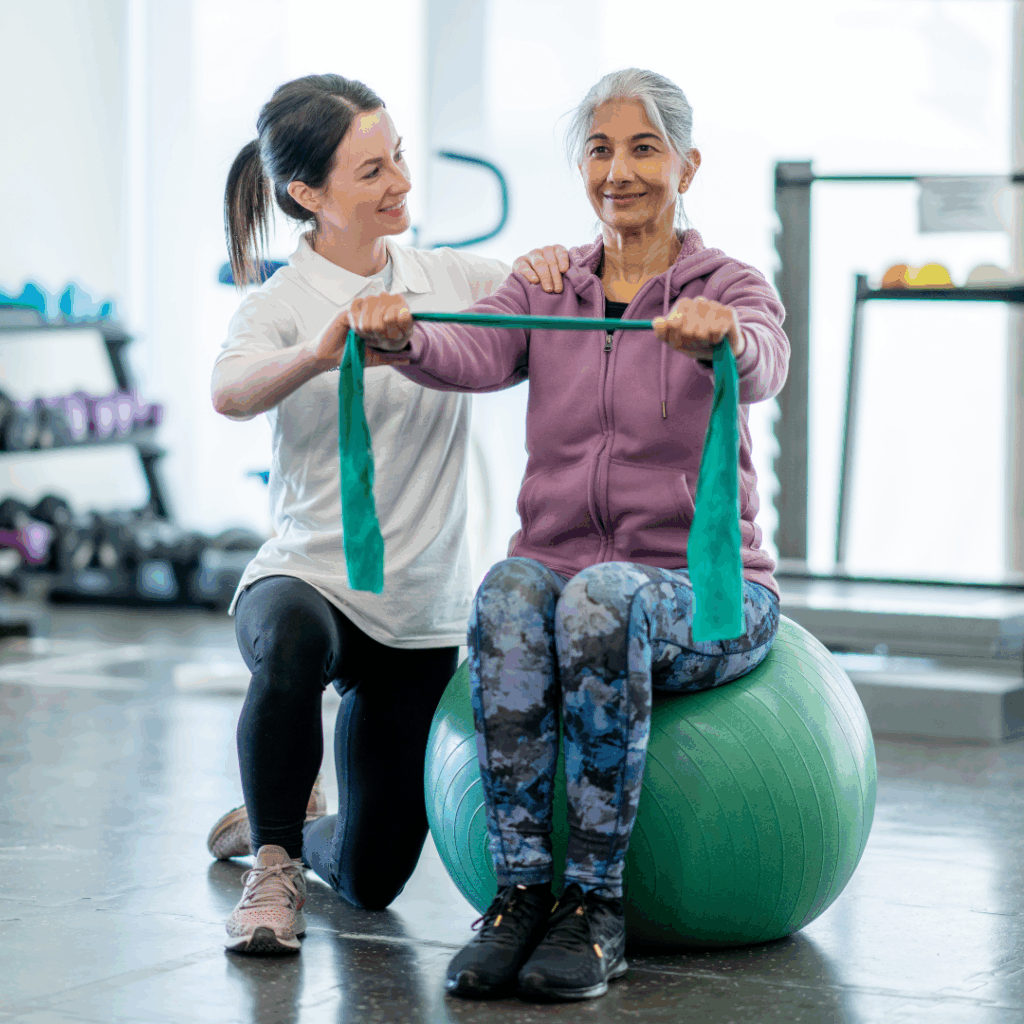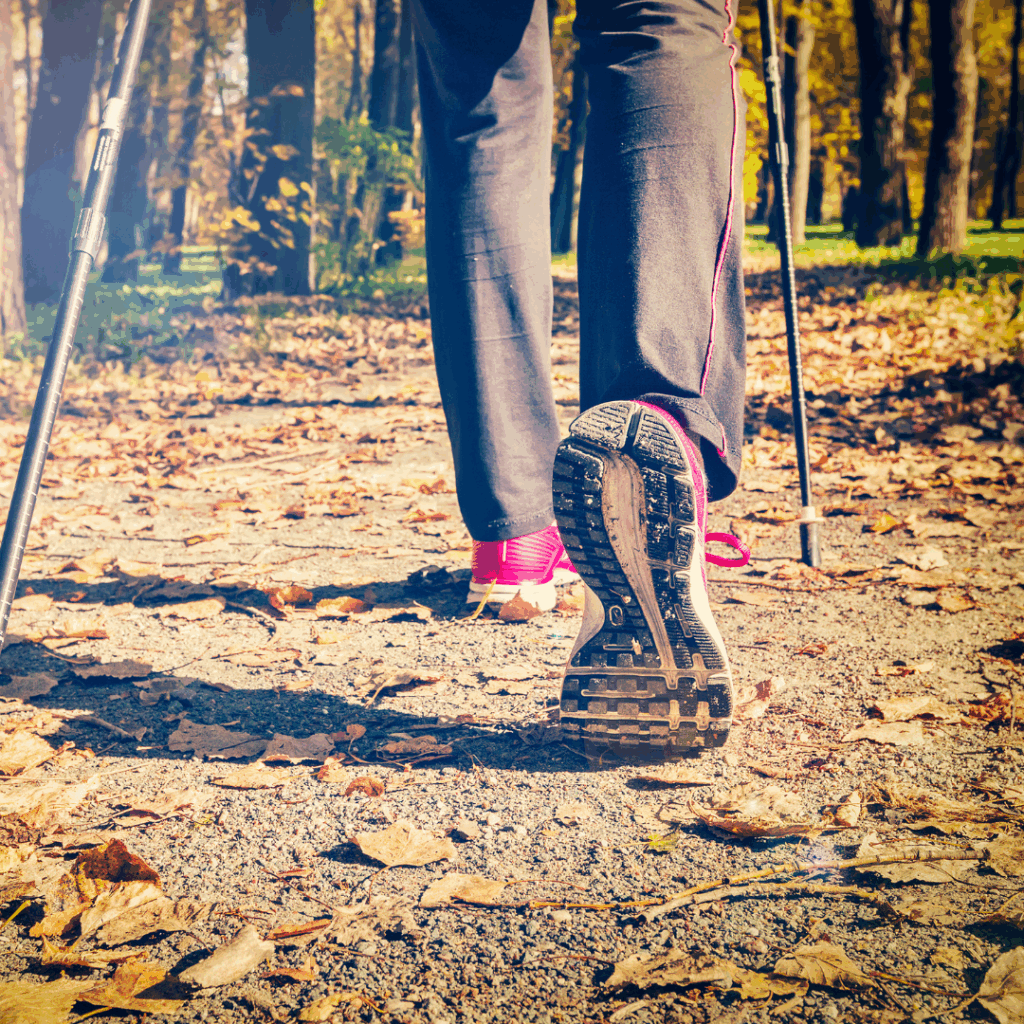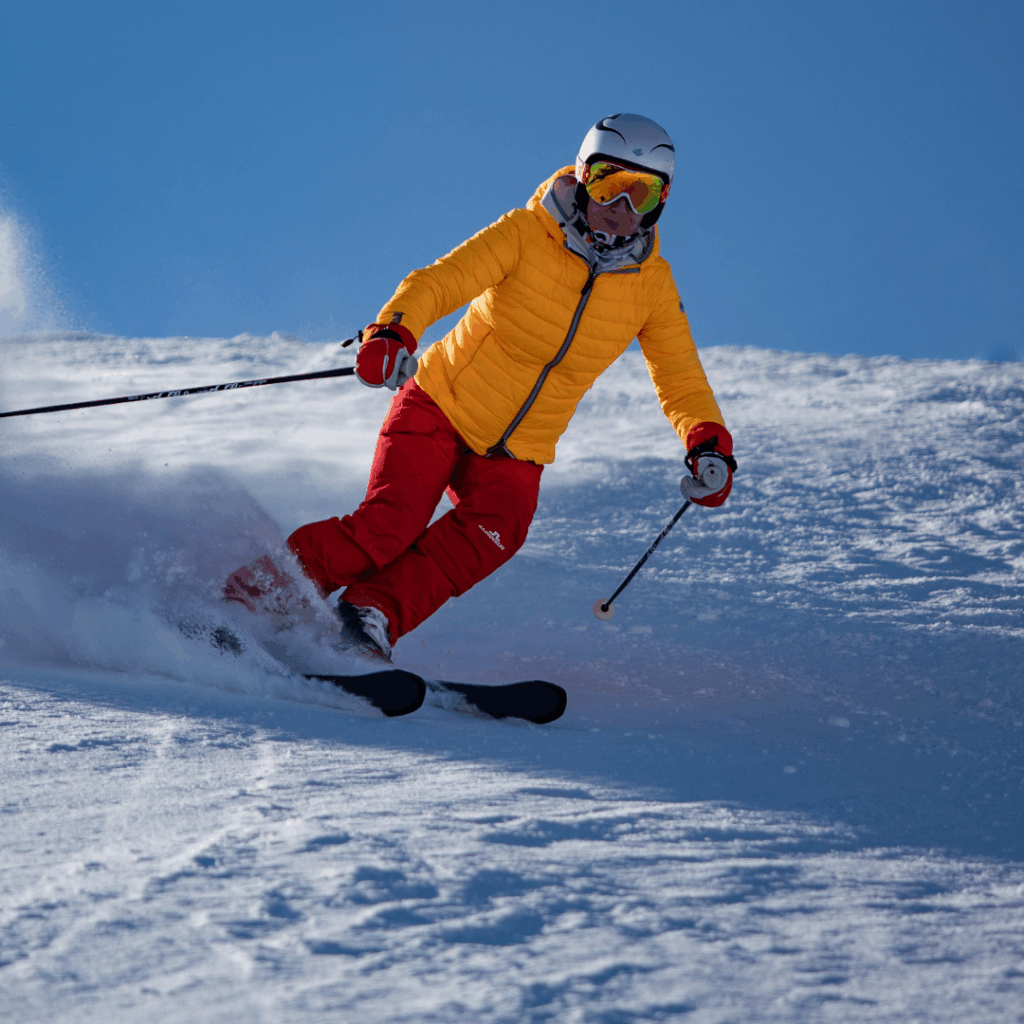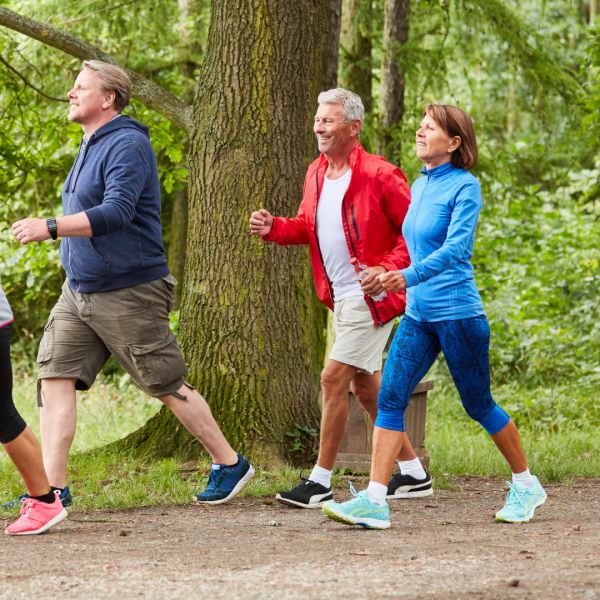You have completed your rehabilitation and are wondering how to stay in shape? Discover our tips, our flagship activities, and our programs at Dr.E. to keep moving safely.
Returning to sport after an injury: a sometimes stressful process
When you already practice a sport, it is often natural to want to return to it after rehabilitation. But many patients tell us that they feel a little apprehensive:
“Will my knee/shoulder/back hold up? Am I at risk of a relapse?”
These questions are normal. After an injury or surgery, the body needs to regain strength, mobility, and confidence.
That’s why regular muscle strengthening is essential, not only to get back into sports, but also to prevent new injuries.
And if you have any doubts, you can have a regular check-up: at Dr.E, we offer accurate strength tests that assess the condition of your muscles and advise you on the best way to progress safely.
Get moving, whatever your age or fitness level
Whether you’re a young athlete, an active parent, or a senior citizen keen to stay mobile and independent, there’s always an activity that’s right for you to keep you moving. The important thing is to find what suits you and stick with it.

Our top recommendations for staying active
1. Continue to strengthen your body
Once physical therapy is complete, continuing with muscle strengthening exercises is the best way to stay healthy:
- At the gym: machines, free weights, or functional exercises maintain strength and stability.
- With a personal trainer: ideal for learning the right movements and benefiting from a customized program.
At Dr.E: option to take regular strength tests to track your progress and stay motivated.

2. Nordic Walking : complete and accessible
Nordic walking is an excellent choice because it:
- Works the whole body (arms, legs, core)
- Improves cardio and endurance,
- Can be practiced outdoors, allowing you to enjoy the fresh air.
With the right technique, it is an effective sport that is accessible to everyone. And for variety, you can add simple exercises during your walks (squats, working with resistance bands, strengthening on a bench).
3. Pilates & Yoga : gentle strength training
- Pilates targets deep muscles, improves posture, and stabilizes the spine.
- Yoga develops balance and flexibility and helps manage stress.
These disciplines perfectly complement sports while preventing chronic pain.
4. Swimming: beneficial but needs to be balanced
Swimming is excellent for cardio and mobility, but because water reduces the load on the body, it does not provide the same bone and muscle benefits, particularly with regard to osteoporosis, as working out on land.
👉 The ideal solution is to combine swimming with bodyweight or gym-based strength training.

5. Ski preparation (starting in November at Dr.E)
Skiing requires strength, balance, and endurance. To avoid injuries and muscle soreness, we offer a special ski preparation program:
- Targeted work on the legs and core
- Improved balance and cardio
- Preventive strengthening to enjoy the season safely
Read the blog post on the importance of preparing for skiing
More ideas for staying active and healthy
If you are still wondering where to start, here are a few simple and varied suggestions:
- 🏃♂️Brisk walking or progressive running: accessible everywhere, with a real impact on endurance (be sure to choose the right shoes).
- 🚴♀️Cycling: outdoors, indoors, or electric, ideal for cardio and gentle on the joints.
- 🏋️♀️Circuit training: short, varied exercises, perfect for building strength and energy.
- 🧘Tai Chi or Qi Gong: excellent for balance, concentration, and fall prevention.
- 🎶Dancing: fun, motivating, and good for coordination and morale.
- 🚣 Aquagym or aquabike: combine the benefits of water with real muscle work.
In summary: consistency above all else
Whether it’s weight training, Nordic walking, yoga, or skiing, the most important thing is to exercise every day. Even 20 minutes is enough to maintain strength, mobility, and well-being.
At Dr.E, we support you every step of the way:
- After physical therapy
- To get back into your sport with confidence
- To integrate a regular program tailored to your needs
